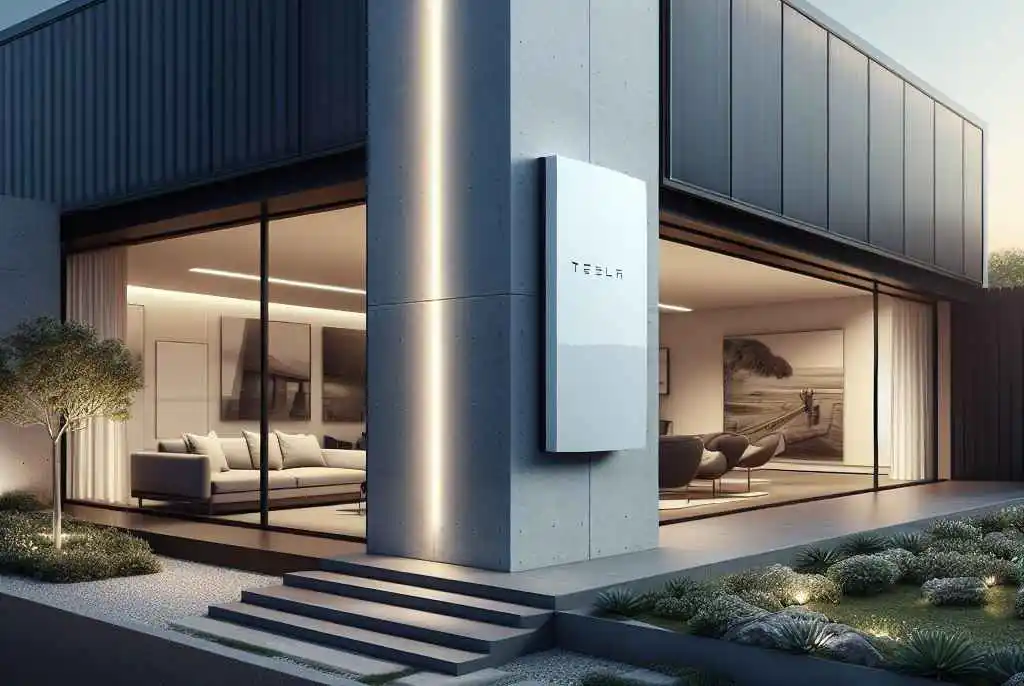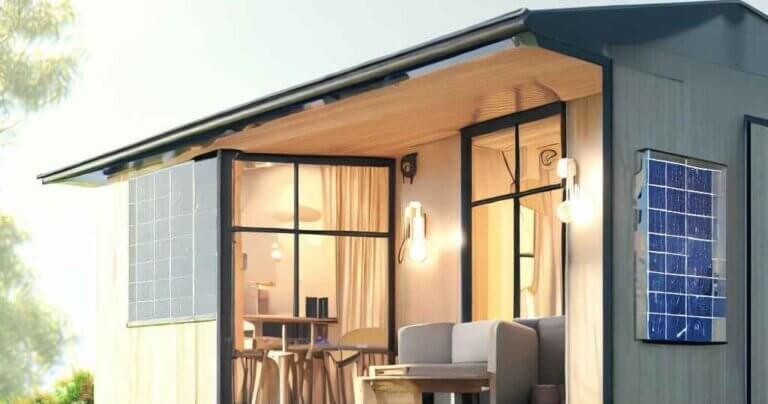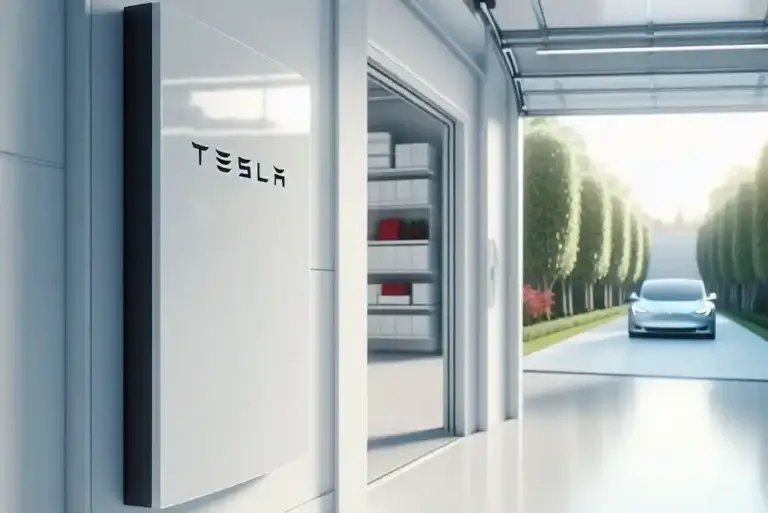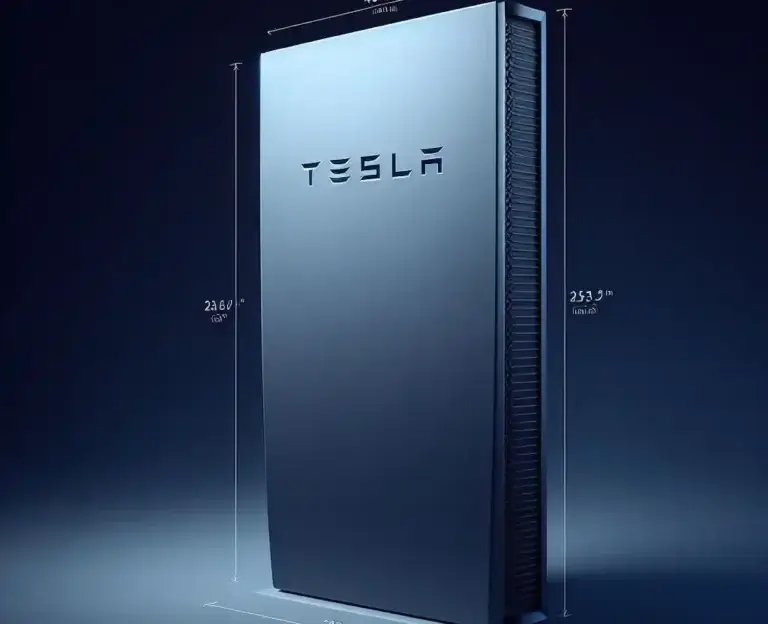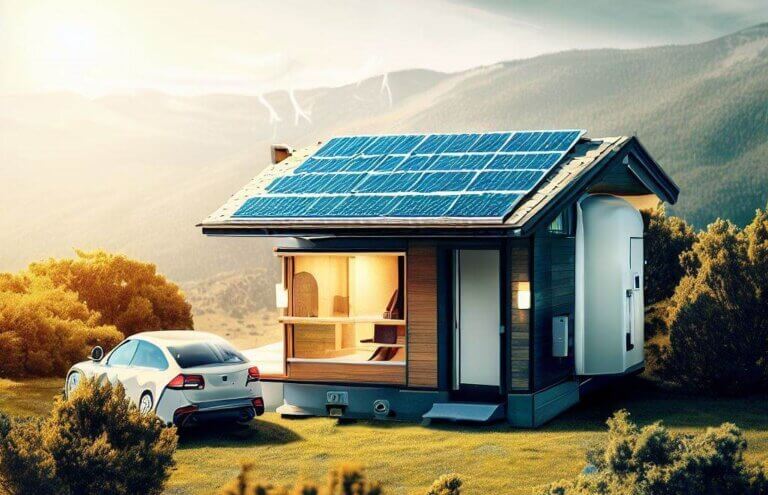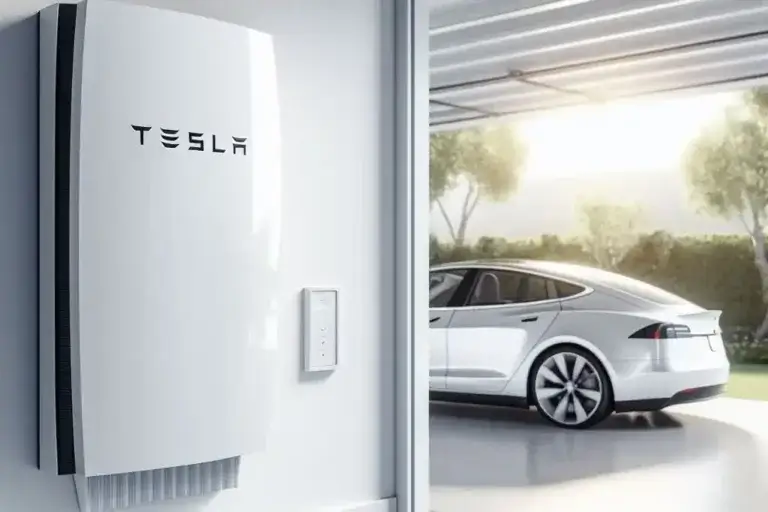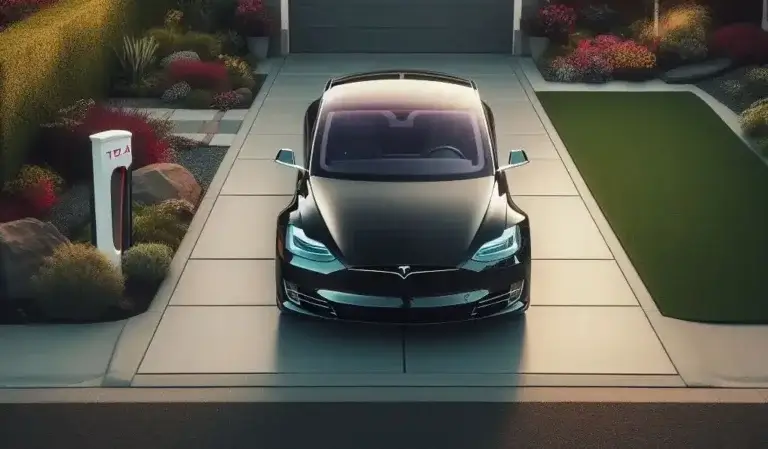Tesla Powerwall vs Enphase: Which Battery Is Right?
Tesla Powerwall and Enphase are both home battery storage systems designed to work with solar panels. They store excess solar energy during the day for use at night or during power outages.
Tesla Powerwall: A single, large-capacity battery unit with a built-in inverter. Known for its ease of use with Tesla solar systems and electric vehicles.
Enphase: A modular system with multiple battery units and microinverters. Offers more customization and potential for higher power output, but requires Enphase-compatible solar panels.
Table of Contents
Tesla Powerwall vs Enphase Home Battery
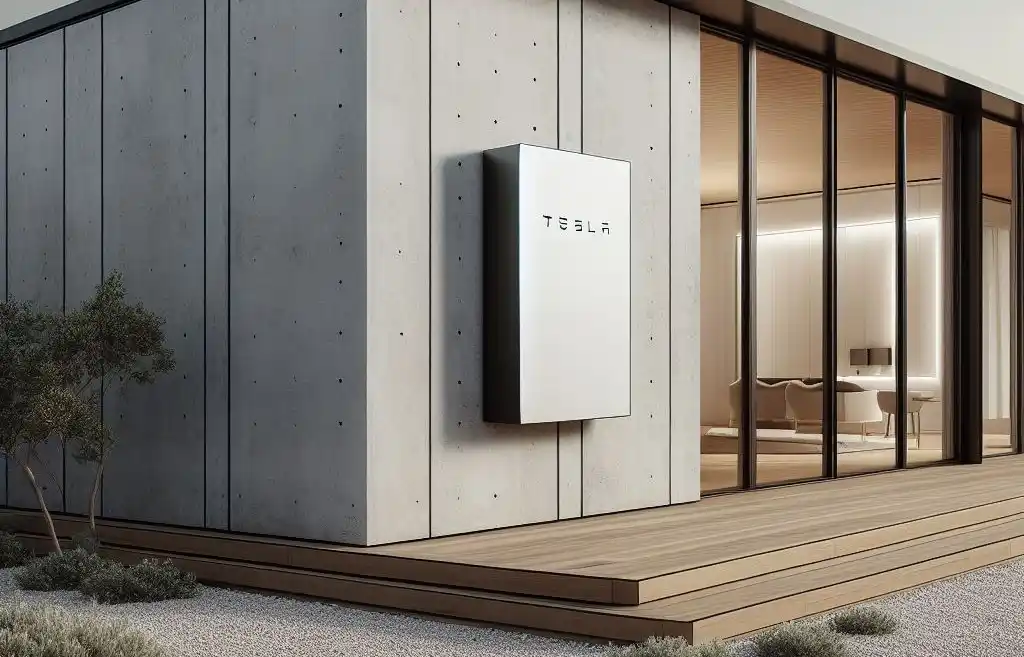
Both Tesla Powerwall and Enphase are leading names in home battery storage, but they have some key differences to consider when choosing a system for your needs. Here’s a breakdown to help you decide:
Storage Capacity:
- Tesla Powerwall: Offers a single capacity option of 13.5 kWh.
- Enphase: Provides two options: Enphase IQ 3 with 3.36 kWh and Enphase IQ 10 with 10.08 kWh. This allows for a more modular system that can fit your needs.
Power Output:
- Tesla Powerwall: Has a continuous power rating of 5 kW with a peak surge of 7 kW (for 10 seconds).
- Enphase: Enphase IQ 3 offers a 1.28 kW continuous and 1.92 kW peak, while Enphase IQ 10 provides a 3.84 kW continuous and 5.7 kW peak (for 10 seconds).
Scalability:
- Tesla Powerwall: You can only add additional Powerwall units in multiples of two.
- Enphase: Enphase batteries offer more flexibility. You can install single IQ 3 or IQ 10 units and add more later up to a maximum of 14 units.
Warranty:
- Tesla Powerwall Enphase: Both offer a 10-year warranty, guaranteeing at least 70% capacity remaining after the warranty period. However, Enphase goes a step further with a 4,000-cycle warranty compared to Tesla’s 3,200 cycles.
Tesla Powerwall vs Enphase Cost
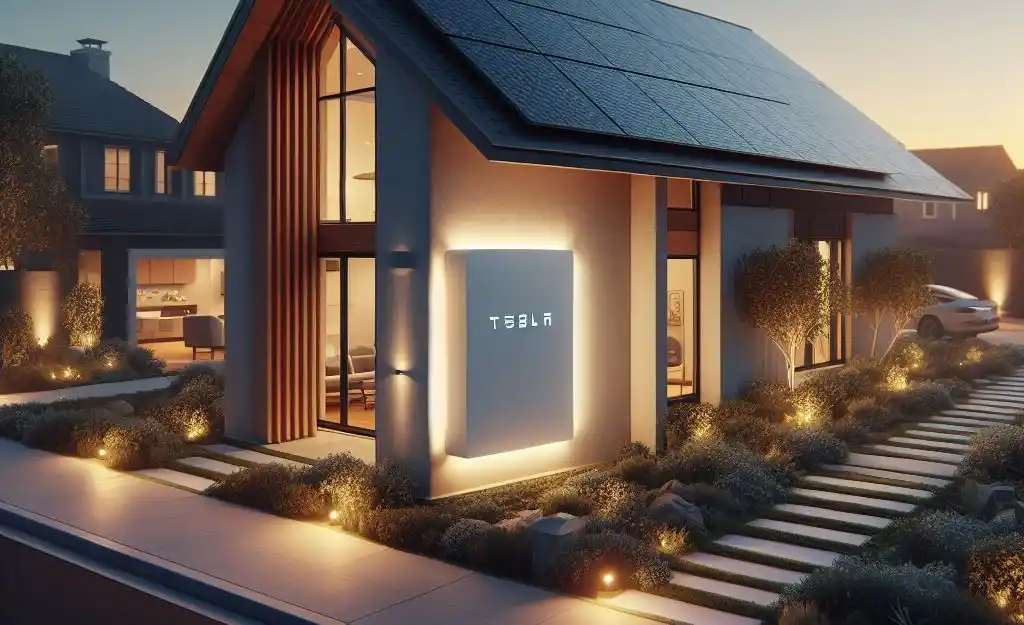
Here’s a breakdown of the cost considerations between Tesla Powerwall and Enphase batteries:
Tesla Powerwall
- Cost per unit: A single Tesla Powerwall typically costs around $11,500, but this can vary depending on location and installer. You can get a lower price per kWh by purchasing additional Powerwalls (around $8,950 each for subsequent units).
- Total installed cost: This includes the battery itself, the Gateway management system, and the installation labor. There can be some variation depending on your specific needs and installer, but expect the total cost to be in the ballpark of $11,500 or more.
Enphase Battery
- Cost per unit: Enphase offers two battery sizes:
- Enphase IQ 10 (10.1 kWh capacity): This typically costs between $8,000 and $11,000 to install.
- Enphase IQ 3 (3.36 kWh capacity): This is a smaller, more affordable option costing around $4,000 to $5,000 installed.
- Scalability: Enphase batteries are designed to be modular, so you can add multiple units together to increase your total storage capacity. This can be helpful if you need a larger backup system.
Specification of Tesla powerwall vs Enphase?
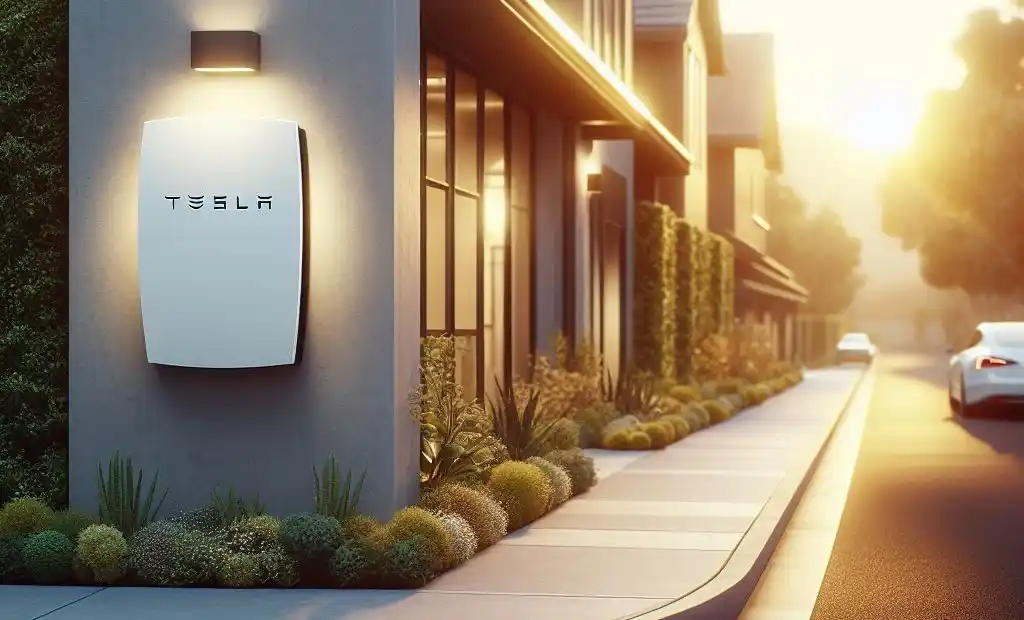
Here’s a breakdown of key specifications for Tesla Powerwall and Enphase batteries:
| Feature | Tesla Powerwall | Enphase Battery |
|---|---|---|
| Model(s) | Powerwall 2 (most common) | Enphase IQ 3 (smaller capacity) & IQ 10 (larger capacity) |
| Storage Capacity (usable) | 13.5 kWh | IQ 3: 3.36 kWh, IQ 10: 10.08 kWh (expandable with multiple batteries) |
| Continuous Power Output | 5 kW | IQ 3: 1.28 kW, IQ 10: 3.84 kW |
| Peak Power Output (short bursts) | 7 kW (10 seconds) | IQ 3: 1.92 kW (10 seconds), IQ 10: 5.7 kW (10 seconds) |
| Warranty | 10 years, 70% capacity retention | 10 years, 70% capacity retention, 4,000 cycles |
| Scalability | Not expandable | Expandable with additional batteries (up to 14 for IQ 10) |
| System Integration | Requires separate Tesla inverter | Integrates with Enphase microinverters |
Frequently Asked Questions
Why Enphase is better than Tesla?
Enphase might be a better fit for some homeowners due to its scalability and potential shade tolerance. With multiple battery options, you can customize storage capacity. Enphase’s microinverter integration could also boost efficiency in areas with partial shade. While Tesla offers a larger single battery, Enphase’s extended cycle warranty might translate to longer battery life.
What is the difference between Tesla Powerwall and Enphase battery?
Tesla Powerwall and Enphase batteries are both home energy storage options but with key differences. Tesla Powerwall offers a larger capacity (better for big homes) but isn’t expandable. Enphase batteries come in smaller sizes (ideal for customization) and allow adding more batteries later. Enphase integrates with their microinverters, while Tesla requires a separate inverter. Finally, Enphase boasts a potentially longer battery lifespan due to a higher cycle warranty.
Why did Tesla stop selling Powerwall?
Tesla never completely stopped selling Powerwalls. In 2021, due to high demand and limited supply, they paused standalone sales. For a while, you could only buy a Powerwall bundled with a Tesla solar system. However, in March 2023, Tesla reopened sales of Powerwalls by themselves.
What is better than Powerwall?
There isn’t a single “better” option than Tesla Powerwall, as it depends on your needs. For expandable storage and shade tolerance, consider Enphase Encharge with its modular design and microinverter compatibility.
If you prioritize high continuous power output or a simpler setup, Generac PWRcell might be a good fit. Ultimately, the best choice depends on factors like your home’s energy usage, budget, and solar panel setup.
Conclusion
In conclusion, both Tesla Powerwall and Enphase batteries are strong contenders for home solar storage. Tesla Powerwall offers a powerful, simple solution with high capacity, while Enphase provides a scalable option with potential shade tolerance benefits. The best choice hinges on your specific needs – whether you prioritize upfront capacity, future expandability, or compatibility with existing solar equipment. Consider your energy usage patterns and consult with a solar professional to determine which battery system best complements your solar setup and goals.

